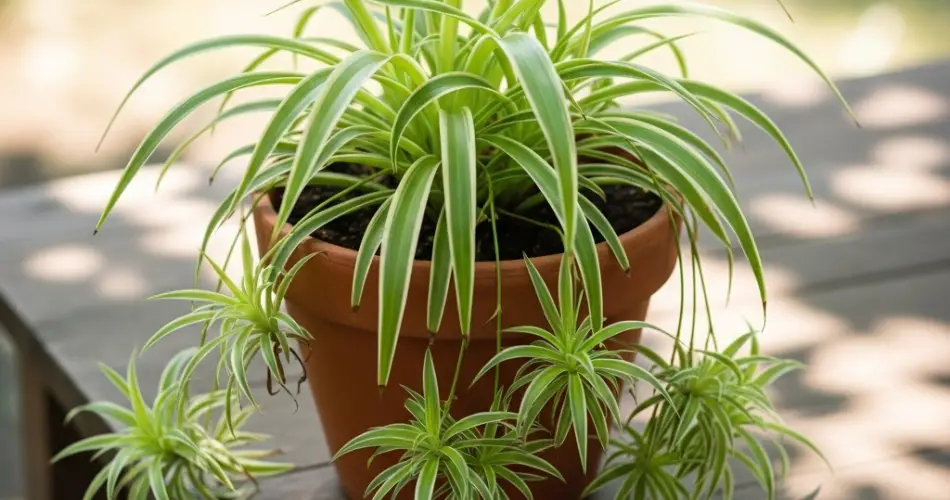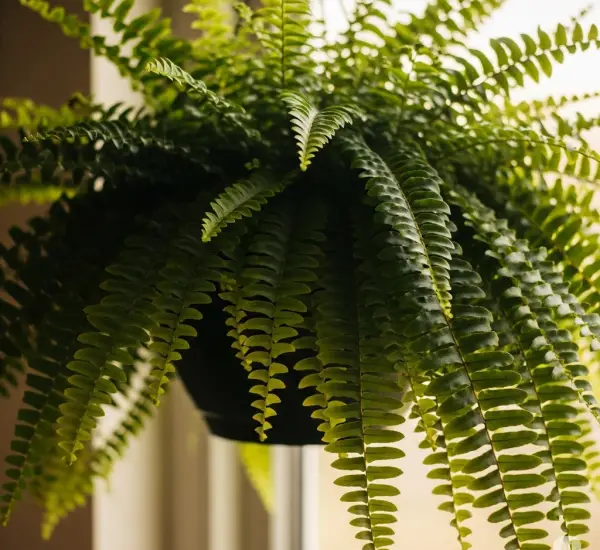Spider plants (Chlorophytum comosum) are among the most popular houseplants — and for good reason. With their arching green-and-white striped leaves and ability to thrive with minimal care, these attractive plants are a favorite in homes and offices alike. But beyond their visual appeal and hardiness, spider plants are known for something even more valuable: their air-purifying abilities.
These humble houseplants act as natural air filters, removing common indoor pollutants and improving air quality. If you’re looking for a plant that not only adds life to your space but also promotes health, the spider plant is a top choice.
Here’s an in-depth look at the air-purifying benefits of spider plants and why they deserve a place in every home.
1. Removes Harmful Indoor Pollutants
Spider plants are known for their ability to remove a wide range of harmful substances from the air. These include:
-
Formaldehyde: Commonly found in furniture, carpet, and cleaning products.
-
Carbon monoxide: Emitted from gas appliances and poorly ventilated areas.
-
Xylene and toluene: Solvents found in paints, adhesives, and nail polish.
-
Benzene: Found in plastics, synthetic fibers, and cigarette smoke.
The spider plant absorbs these pollutants through its leaves and sends them down to its roots, where microbes in the soil break them down. This natural filtration process helps create cleaner, healthier indoor air.
2. NASA-Backed Air Cleaner
Spider plants gained significant recognition after being featured in a NASA Clean Air Study. This famous study investigated the ability of indoor plants to remove air pollutants from sealed environments — such as space stations.
According to the study, spider plants were among the top-performing plants, capable of removing up to 90% of toxins like formaldehyde from the air within just 24 hours. This makes them one of the most efficient and affordable natural air purifiers you can have indoors.
3. Boosts Oxygen Levels
Like all green plants, spider plants perform photosynthesis by converting carbon dioxide into oxygen. This not only helps reduce indoor CO₂ levels but also increases oxygen availability in your living space.
By adding a few spider plants to your home or office, especially in closed or poorly ventilated areas, you can subtly boost air oxygenation and improve the overall freshness of the environment.
4. Increases Humidity in Dry Spaces
Spider plants release moisture into the air through a process called transpiration. As they absorb water through their roots, some of it evaporates through tiny pores in their leaves, increasing the humidity of the surrounding air.
This added humidity can be especially beneficial in dry climates or during winter months when indoor heating dries out the air. Increased humidity helps:
-
Soothe dry skin
-
Prevent respiratory discomfort
-
Reduce the risk of colds and flu
-
Keep nasal passages moist
Having spider plants around can naturally counteract dryness without the need for electric humidifiers.
5. Safe for Pets and Kids
One of the best things about spider plants is their non-toxic nature. Unlike some other common houseplants, spider plants are safe for homes with pets or small children. While cats may occasionally chew on the leaves due to their mild hallucinogenic properties, the plant is not harmful if ingested in small amounts.
This makes spider plants an ideal choice for pet owners looking to improve indoor air quality without risking their furry companions’ health.
6. Reduces Stress and Improves Mental Well-being
Cleaner air contributes to better overall health, but studies also show that simply being around plants like the spider plant can:
-
Lower blood pressure
-
Reduce stress levels
-
Improve focus and concentration
-
Enhance mood and productivity
Spider plants are especially helpful in office settings, classrooms, and bedrooms where mental clarity and calmness are essential.
Their low-maintenance nature means you can enjoy all these psychological benefits without needing to be a skilled gardener.
7. Great for Bedrooms and Offices
Thanks to their air-purifying powers and oxygen production, spider plants are excellent additions to bedrooms. They help remove airborne irritants that could affect sleep quality and reduce carbon dioxide levels while you rest.
In office environments, spider plants can absorb harmful volatile organic compounds (VOCs) from electronics and furnishings, helping reduce headaches, fatigue, and irritability associated with indoor air pollution.
Final Thoughts
Spider plants are more than just easy-care greenery. With their powerful air-cleaning abilities, oxygen-boosting properties, and humidity-enhancing effects, they’re one of the most beneficial plants you can grow indoors. Whether you’re trying to freshen up a living room, create a healthier workspace, or improve your sleep environment, the spider plant is a low-cost, high-impact solution.
Add one (or a few) to your indoor plant collection and experience firsthand the many ways this humble plant supports a healthier, more breathable space.



